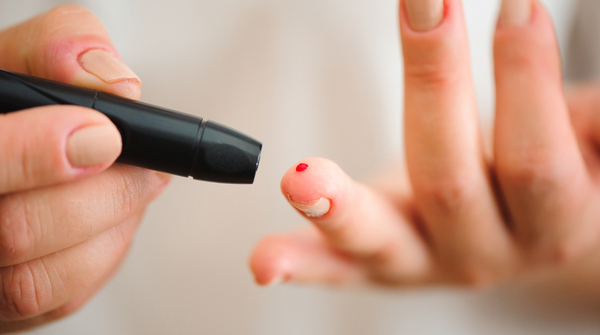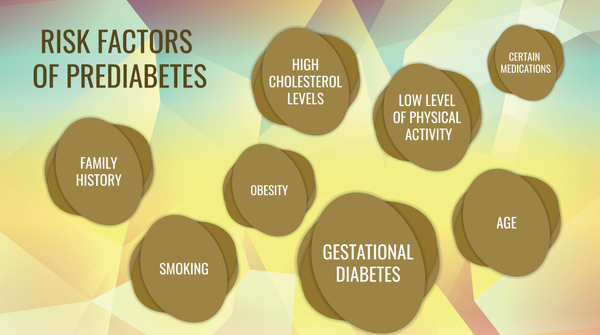Prediabetes is a condition when blood sugar levels are higher than normal but not high enough to be called diabetes. Glucose is a form of sugar which your body uses for energy. Too much glucose in your blood stream can damage your body over time.

What are the types of tests done to diagnose prediabetes?
Depending on the test used to diagnose it, prediabetes is also called:
Impaired fasting glucose (IFG) is a condition in which the blood glucose level is high (110mg/dl to 125 mg/dl) after an overnight fast, but is not high enough to be classified as diabetes.
Impaired glucose tolerance (IGT) is a condition in which the blood glucose level is high (140 to 199 mg/dl) after a 2-hour oral glucose tolerance test, but is not high enough to be classified as diabetes.

What do I need to do after getting my tests?
A person may test positive for both of the above tests.
• If the results are normal, you should be re-tested in 3 years if you are at risk of develping pre-diabetes. This means if you are overweight, above 40 years and physically inactive.
• However, if you are diagnosed as pre-diabetic, you should be tested for Type-2 diabetes every year.
What problems am I likely to face if I am diagnosed as pre-diabetic?
• You are more likely to develop Type 2 diabetes in 10 years’ time after being diagnosed as pre-diabetic.
• Similarly, you are at increased risk of developing heart disease and stroke.
What precautions should I take after I am diagnosed with prediabetes?
Since prevention of diabetes is obviously better than being diagnosed with it, it is recommended to remain proactive towards taking care of your health.
• Test yourself for Type-2 Diabetes every year or two.
• If you are overweight (that is BMI over 25) – you can reverse your pre-diabetic state through weight loss. Make healthy eating and physical activity a part of your routine.
• By losing at least 5 to 10% of your starting weight—one can prevent or delay diabetes or even reverse pre-diabetes.

What increases my risk of being prediabetic?
Diabetes and weight loss are directly proportional.
• Being overweight, physically inactive and above the age of 40 greatly increases your risk. In such cases, your doctor may recommend you get yourself tested for prediabetes.
• Exercise for diabetes is one of the most evident ways to manage healthy blood sugar.
Preventing diabetes is possible by maintaining a physically and mentally healthy routine. But even then, awareness about the following is important.
Other factors that increase your risk even if you are younger than 40 years are if you have:
• A parent, brother, or sister who has diabetes.
• High blood pressure.
• Abnormal levels of HDL cholesterol, triglycerides or LDL cholesterol.
• Had gestational diabetes—diabetes during pregnancy.
• Polycystic ovary syndrome (a condition in women)
• Blood vessel problems affecting your heart, brain, or legs.
Read More: Diabetes Reversal: All You Need to Know
BeatO Recommends
A person who is at risk of being pre-diabetic should get themselves tested every 3 years. Also, regular monitoring at home using a glucometer can help you!




